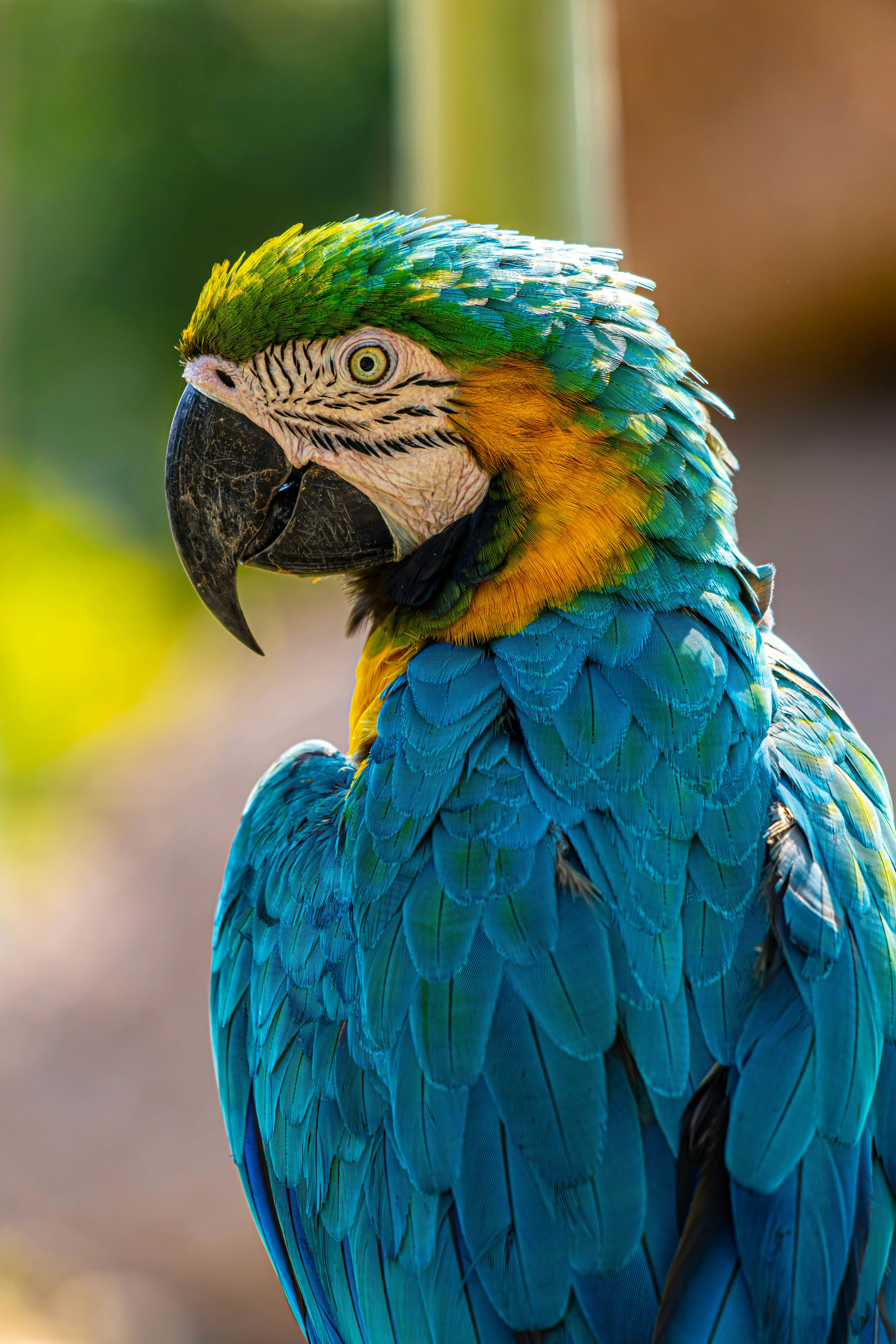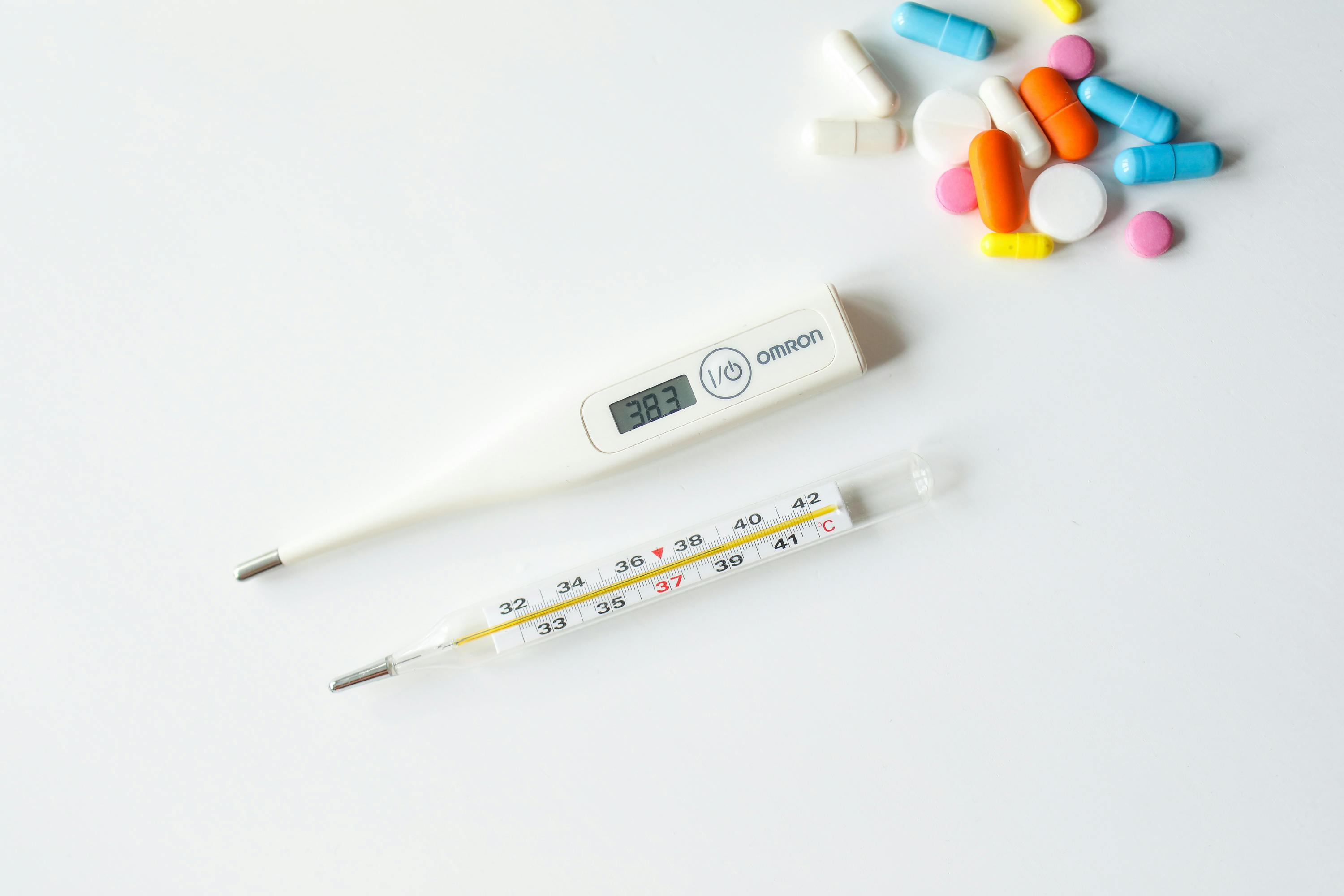Smart Ways to Tackle Parrot Fever in 2025: Discover Effective Treatments and Prevention
Parrot fever, also known as psittacosis or avian chlamydiosis, is a zoonotic disease that poses significant health risks to both birds and humans. As pet ownership of birds continues to rise, understanding the implications of parrot fever is increasingly important for bird enthusiasts and veterinary professionals alike. This article explores the symptoms of parrot fever, its treatment options, and effective prevention strategies that can be implemented in 2025 and beyond.
Parrot fever is caused by the bacteria Chlamydia psittaci, which primarily affects parrot species and can be transmitted to humans through close contact with these birds. Symptoms in humans can range from mild respiratory issues to more severe complications, highlighting the need for awareness and education about bird-related illnesses. This article will guide you through the diagnosis of parrot fever, discuss potential treatments for infected birds, and outline prevention strategies to keep both birds and their owners safe.
By the end of this article, you’ll have a solid understanding of parrot fever, its causes, and how to effectively manage this avian health challenge to ensure the well-being of your pet birds and yourselves.

Understanding Parrot Fever: Causes and Symptoms
To effectively tackle parrot fever, it is crucial to understand its causes and symptoms. Parrot fever is primarily caused by the bacterium Chlamydia psittaci, which can lead to serious respiratory infections in birds and humans. Wild and domesticated birds are potential carriers of this disease, often displaying asymptomatic cases which can pose risks to both their owners and other birds. Knowing the signs can make a significant difference in early detection and treatment.
Symptoms of Parrot Fever in Birds
When birds contract psittacosis, they may exhibit a range of symptoms. Common signs include: lethargy, ruffled feathers, nasal discharge, and difficulty breathing. Severe cases can lead to pneumonitis from birds, where the infection spreads to the lungs, causing coughing and respiratory distress. It’s important to note that not all infected birds display symptoms. This asymptomatic parrot fever can contribute to the spread of the disease, making monitoring and health screening for pet birds essential.
Transmissibility and Risk Factors
The transmission of parrot fever occurs primarily through inhalation of contaminated particles and close contact with infected birds. Bird droppings and respiratory secretions are key vectors for the disease, emphasizing the importance of bird handling safety. Raising public awareness of parrot fever can help mitigate its impact, particularly in households with multiple birds or exposure to wild birds. Understanding the risk factors associated with parrot fever is vital for prevention, as factors such as overcrowded aviaries and poor hygiene practices can facilitate outbreaks.
Symptoms of Parrot Fever in Humans
Human symptoms often mirror those of a respiratory infection, including fever, headache, and dry cough. In some cases, individuals may experience severe complications, such as pneumonia, if the infection goes untreated. Understanding the common symptoms of parrot fever in humans not only helps in early diagnosis but also aids in timely treatment. If you experience flu-like symptoms after handling birds, it is essential to seek medical advice promptly.
Diagnosis and Treatment of Parrot Fever
Effective management of parrot fever begins with an accurate diagnosis. Veterinary care plays a crucial role in assessing and treating affected birds, ensuring that both pet owners and their birds remain healthy.
Diagnosing Parrot Fever
Diagnosing parrot fever in birds typically involves a combination of clinical assessment and laboratory testing. Bird veterinarians may conduct blood tests, fecal examinations, and respiratory culture assessments to identify the presence of Chlamydia psittaci. Understanding psittacosis diagnosis protocols is essential for pet bird owners who suspect their birds may be infected, as early detection can significantly improve treatment outcomes.
Effective Treatment Options for Infected Birds
For those diagnosed with parrot fever, treatment options are available to manage the infection. Antibiotics, such as doxycycline, are commonly prescribed to combat the bacterial infection. Treatment duration may vary based on the severity of the case but often lasts from 10 days to several weeks. Proper guidance from avian veterinary care professionals is essential in managing the health of infected birds and minimizing the risk of transmission.
Post-Treatment Care and Monitoring
After beginning treatment, it’s crucial to monitor the health of affected birds closely. Signs of recovery can include improved appetite, increased activity, and normalizing respiratory functions. Regular health screenings can help ensure that parrot fever does not return, and that there is no further spread among other birds. Effective disease management in aviculture encompasses both treatment and ongoing care to promote optimal bird health.

Preventing Parrot Fever in Pet Birds
Preventive health care for pet birds is essential for reducing the risk of parrot fever. Implementing effective prevention measures can protect both the birds and their owners from potential health issues.
Maintaining Hygiene and Biosecurity
Creating a clean environment for pet birds is paramount. Regularly cleaning cages and providing fresh water and food can help minimize bacterial infection risks. Biosecurity protocols, including restricting access to other birds and utilizing protective equipment when handling sick birds, can significantly reduce the likelihood of parrot fever transmission among avian populations.
Quarantine Procedures for New Birds
When introducing new birds to a household or aviary, establishing quarantine procedures is crucial. Keeping new birds separated from the existing flock for a minimum of 30 days can help monitor for any signs of infection or illness. This proactive approach minimizes the risk of outbreaks and fosters a safer environment for all birds involved.
Regular Veterinary Check-Ups
Engaging in routine health screenings for pet birds with avian veterinarians can help catch potential issues early on. Regular health assessments can identify symptoms in birds that may be indicative of parrot fever or other diseases, ensuring timely intervention and care. Being proactive about avian health education not only helps prevent parrot fever outbreaks but also contributes to overall pet health and longevity.
Public Awareness and Education on Parrot Fever
Increasing public awareness of parrot fever is essential for minimizing its impact on communities. As pet ownership continues to grow, understanding this disease can foster better bird care practices and encourage responsible ownership.
Promoting Knowledge about Bird-Related Illnesses
Education on bird-related illnesses, including symptoms, transmission, and treatment options, must be accessible to all pet owners. Community awareness programs can provide vital information about the health risks of pet parrots and emphasize the importance of health monitoring among owners, ultimately fostering more responsible pet care practices.
Engagement with Avian Health Initiatives
Supporting avian health initiatives and organizations dedicated to bird welfare can promote better understanding of diseases like parrot fever. Community drives and involvement in avian health education initiatives help create a stronger network of bird owners who are informed about best practices and are vigilant in recognizing signs of illness in their birds.
Collaborating with Veterinary Professionals
Maintaining a strong relationship with bird veterinarians ensures that pet owners receive the best guidance in caring for their pets. Regular consultations and open lines of communication with avian health professionals create an environment where knowledge is shared, fostering improved bird care practices and minimizing the risks associated with bird flu and parrot fever.
Insights from Recent Parrot Fever Epidemiology
Understanding the epidemiology of parrot fever allows bird owners to make informed decisions regarding their pet’s health. Recent outbreaks and research developments have shed light on the behaviors and risks associated with this disease.
Historical Context of Parrot Fever Outbreaks
Historical outbreaks of parrot fever have illustrated the potential scale of this disease. Learning from past events can provide valuable insights into the transmission dynamics of avian diseases and how close contact with birds can elevate health risks. Recognizing the need for precautionary measures is critical for preventing the recurrence of such outbreaks.
The Role of Environmental Factors
Environmental factors can significantly influence the transmission of parrot fever. Temperature fluctuations, humidity levels, and the presence of wild birds in urban areas can act as vectors for disease spread. By understanding the impact of environmental controls for bird habitats, owners can create safer home environments that reduce transmission risks.
Future Directions in Avian Disease Research
Ongoing research into avian infectious diseases offers hopeful insights for better management practices and treatments. New technologies in disease detection, monitoring strategies, and interventions prepared veterinarians for more effective responses. The economics of parrot care is also gradually improving through advances in avian health studies and the development of precision avian care strategies.
Q&A on Parrot Fever
What are the primary symptoms of parrot fever in birds?
The primary symptoms include lethargy, nasal discharge, ruffled feathers, and respiratory difficulties. Monitoring your bird’s behavior and consulting a veterinarian at signs of illness is crucial for timely diagnoses.
How can parrot fever be transmitted to humans?
Parrot fever can be transmitted to humans through inhalation of particles from infected birds, especially bird droppings and respiratory secretions. Always practice safety when handling birds to minimize risks.
What treatments are available for infected birds?
Birds diagnosed with parrot fever are typically treated with antibiotics like doxycycline. Treatment duration and monitoring by avian veterinarians are necessary to ensure recovery.
Can parrot fever be prevented?
Implementing strict hygiene practices, quarantine procedures for new birds, and routine veterinary check-ups are effective ways to prevent outbreaks of parrot fever.
What resources are available for more information on avian diseases?
For further information about treating avian diseases, consider visiting these resources and staying connected with local aviculture organizations.
